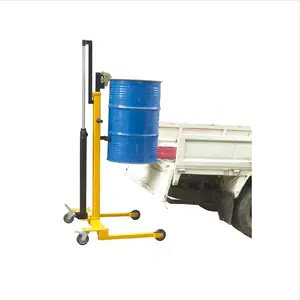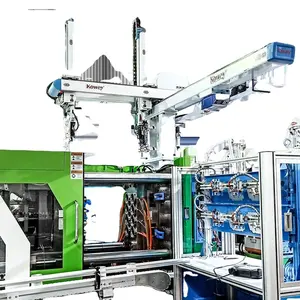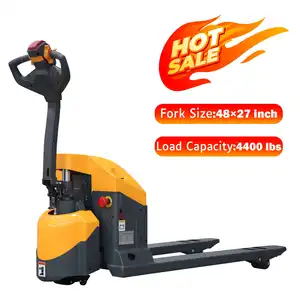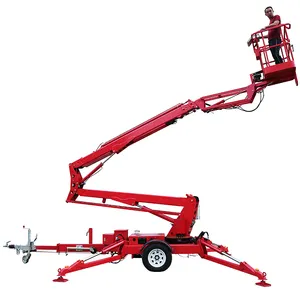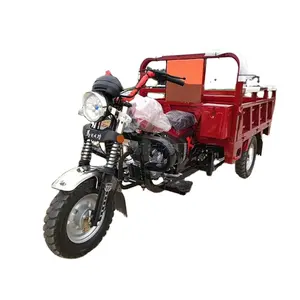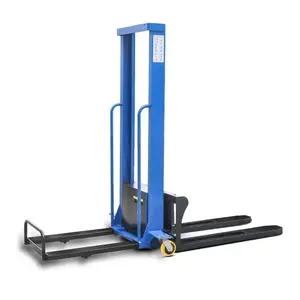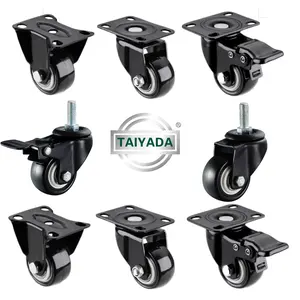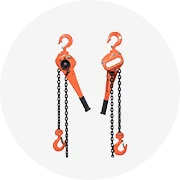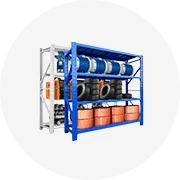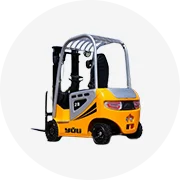Popular in your industry








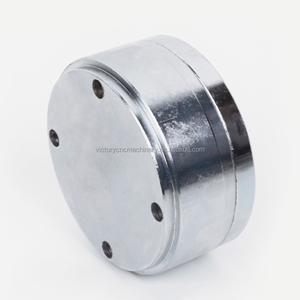

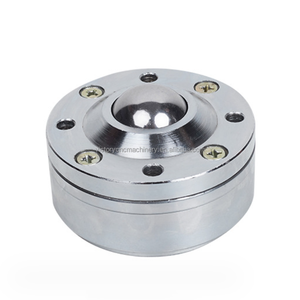



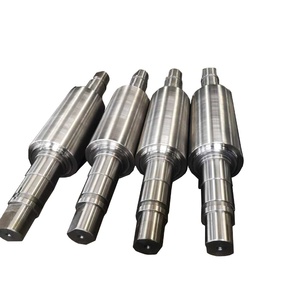






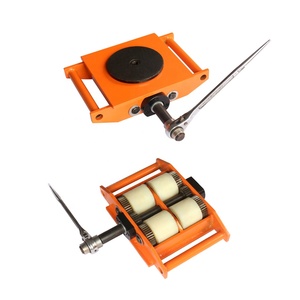



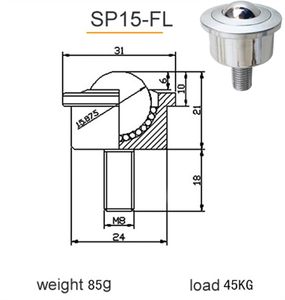


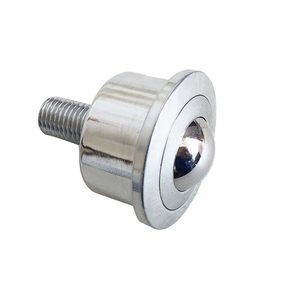









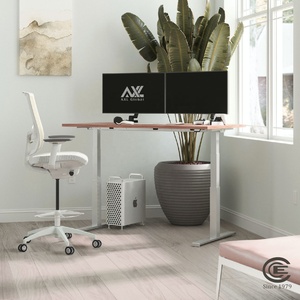





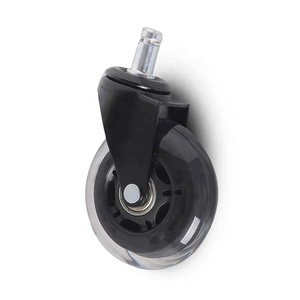
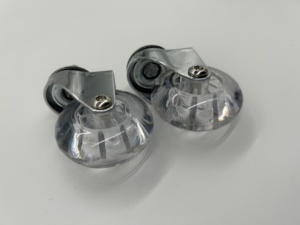





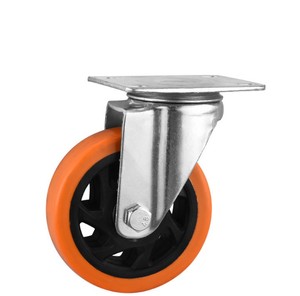
Top categories
About caster roller
Introduction
Navigating the world of caster rollers can be a daunting task, given the myriad of options available. These essential components, which include a wheel and a mount, are designed to support and maneuver various equipment like carts, racks, and dollies. They come in diverse materials, wheel diameters, tread widths, load ratings, and overall heights, making them adaptable to different work environments. This comprehensive buyer's guide will delve into the types of caster rollers, their applications, factors to consider when choosing them, and common mistakes to avoid. It aims to equip you with the knowledge to make an informed decision when selecting the right caster roller for your specific needs.
Understanding Caster Rollers
A caster roller is a crucial component that includes a wheel and a mount, designed to support and maneuver various equipment like carts, racks, and dollies. They come in diverse materials, wheel diameters, tread widths, load ratings, and overall heights, making them adaptable to different work environments. The two basic types of caster rollers are rigid and swivel casters. A special type of swivel caster, known as a kingpinless caster, distributes stress more evenly, enhancing its lifespan and performance.
Types of Caster Rollers
Caster rollers come in various types, each designed for specific applications. The two basic kinds are rigid and swivel casters. Rigid casters are ideal for straight-line movement, while swivel casters offer more maneuverability. A special type of swivel caster, the kingpinless caster, distributes stress more evenly, making it more durable and suitable for heavy-duty applications. However, it comes with a higher initial cost. The choice between these types depends on your specific needs and the conditions of your work environment.
Swivel Casters
Swivel casters, particularly swivel-on-swivel casters, offer unique advantages in certain applications. These casters feature two offset swivel sections, providing two degrees of freedom when rotating. This design is beneficial in situations where the casters are pointed 90° from the direction of movement, such as in line drop-off scenarios. The dual swivel sections allow for easier movement and can reduce push forces by up to 40%. Swivel-on-swivel technology is also advantageous in powered applications like automated guided vehicles (AGVs), improving vehicle performance by reducing the castering effect.
Rigid Casters
Rigid casters are casters that remain in one position, unlike swivel casters that rotate. They offer great stability but lack the mobility advantages of swivel casters. For optimal results, a mix of swivel and rigid casters is often used to achieve a balance of stability and maneuverability. These rigid casters meet high standards for various applications.
Brake Casters
Brake casters are essential for controlling movement. They come in various types, including side lock brakes, tech lock or face contact brakes, total lock brakes, dead man and central locking systems, and floor lock brakes. Side lock brakes are common and found on items like beds and carts. Tech lock brakes apply pressure to the wheel's face, providing a definite lock. Total lock brakes, used with swivel casters, lock the entire caster, ensuring no movement. Dead man's brakes engage when the lever is released, while central locking systems allow multiple caster wheels to be engaged at once. Floor lock brakes immobilize the cart through pressure.
Factors to Consider When Choosing Caster Rollers
When choosing caster rollers, several factors need to be considered. Firstly, determine your product and mounting type. Next, calculate your load capacity, considering safety factors and unevenness. The tread material of your caster is also crucial, as it influences operational comfort and performance. Maneuverability, including starting, rolling, and swivel resistance, is another key factor. The type of bearing used in the caster can impact its rolling characteristics and overall mobility. Lastly, consider the environmental influences on your application, such as chemical resistance, and any additional requirements like locking or brake systems.
Load Capacity
Understanding the load capacity of caster rollers is crucial. It's not as simple as dividing the total load by the number of casters. Real-world conditions often mean the weight is unevenly distributed, sometimes resting on just two wheels. Therefore, it's important to select casters that can bear extra load when equipment is unevenly loaded or impacts objects. Factors like wheel size, width, profile, and material can all affect load capacity. For instance, larger diameter wheels can support heavier loads, and increasing tread width can also enhance load capacity.
Floor Conditions
The material of the caster wheel significantly impacts its performance on different floor types. For instance, forged steel and V-Groove iron are not recommended for certain floors, while soft rubber and thermoplastic rubber perform excellently on most surfaces. Harder wheel materials, such as cast iron, may not be suitable for delicate flooring like hardwood or tile. On the other hand, softer materials like rubber can provide floor protection and quieter operation. Therefore, understanding the compatibility between wheel material and floor type is crucial when choosing caster rollers.
Operating Environment
Operating in the right environment is crucial for the longevity of your caster rollers. Excessive speeds, uneven loading, rough terrain, and high temperatures can all lead to premature failure. For instance, high speeds increase impact loads, potentially causing permanent deformation. Uneven loading can cause one caster to bear a disproportionate load, leading to wear or failure. Rough terrain can cause large impact loads, damaging the caster. High temperatures can cause softer materials to deform or even melt. Always consult with the manufacturer to ensure your caster is suitable for your specific operating conditions.
Material of the Caster
Caster rollers are made from a variety of materials, each offering unique advantages. Cast iron wheels are abrasion-resistant and can withstand extreme heat. Flanged wheels, usually made of cast iron and steel, offer high strength and long wear. Forged steel wheels offer greater load capacity and impact strength. Glass-filled nylon wheels are resilient and resistant to high temperatures and chemicals. Hard rubber wheels offer durability and resistance to chemicals. Phenolic wheels are hard, economical, and resistant to extreme temperatures and chemicals. Polyurethane wheels offer a smooth ride over rough surfaces and resist most chemicals. Each material is designed for specific applications and environments.
Size of the Caster
When choosing caster rollers, the size of the wheel is crucial. It's represented by two measurements: wheel diameter and wheel width. The size impacts the caster's load rating, with larger wheels typically having a higher load rating. Wheel width, covering more surface area, has the greatest impact on load rating. Wheel diameter affects clearance, with smaller wheels providing greater clearance. Casters with larger wheels are easier to roll, especially on uneven floors, requiring less force.
Common Mistakes to Avoid
Purchasing the wrong caster can lead to several problems, including potential equipment damage, injury to personnel, and excessive capital expenses. It's crucial to double-check the specifications of the caster you need before making a purchase. Common mistakes include not considering the total load, ignoring floor conditions, and choosing the wrong material. For instance, hard wheels made of steel or nylon are typically better suited for concrete or tile floors, while soft wheels made of rubber or polyurethane are better suited for applications across tile or epoxy-coated concrete.
Not Considering the Total Load
When choosing caster rollers, it's crucial to consider the total load each caster must support. This isn't as simple as dividing the total load by the number of casters. In reality, weight distribution can vary, especially when the equipment is in motion or encounters obstacles. Therefore, it's important to use a safety factor and select casters that can bear extra load when equipment is unevenly loaded or impacts objects. Ignoring this factor can lead to selecting casters with inadequate load capacity.
Ignoring Floor Conditions
Floor conditions significantly impact the performance and longevity of caster rollers. Using hard caster wheels on delicate surfaces like tile can cause damage and leave unsightly marks. Conversely, softer wheels can be damaged by hard surfaces. For concrete floors, while rubber wheels offer good grip, they can leave marks. Hence, harder materials like phenolic or cast iron are preferred to prevent floor marking. Therefore, it's crucial to consider the floor conditions when choosing caster rollers.
Choosing the Wrong Material
Using industrial casters at elevated temperatures (above 100°F) can cause caster failure. When operating temperatures begin to exceed 100°F, wheel material selection becomes important as softer materials will tend to flat spot or even melt. As temperature continues to increase, grease selection becomes an important factor to application success. If the wrong type of grease is used, it could become liquefied, run away from the areas it is supposed to lubricate and greatly increase the chances of bearing or swivel section failure.
Conclusion
Choosing the right caster roller is a critical decision that can significantly impact the performance and longevity of your equipment. It requires a thorough understanding of the types of caster rollers, their applications, and the specific conditions of your work environment. Factors such as load capacity, floor conditions, operating environment, material, and size of the caster play a crucial role in this decision. Avoiding common mistakes like not considering the total load, ignoring floor conditions, and choosing the wrong material can save you from potential equipment damage, injury to personnel, and excessive capital expenses. With this comprehensive guide, you are now equipped to make an informed decision and select the right caster roller that best suits your needs.
